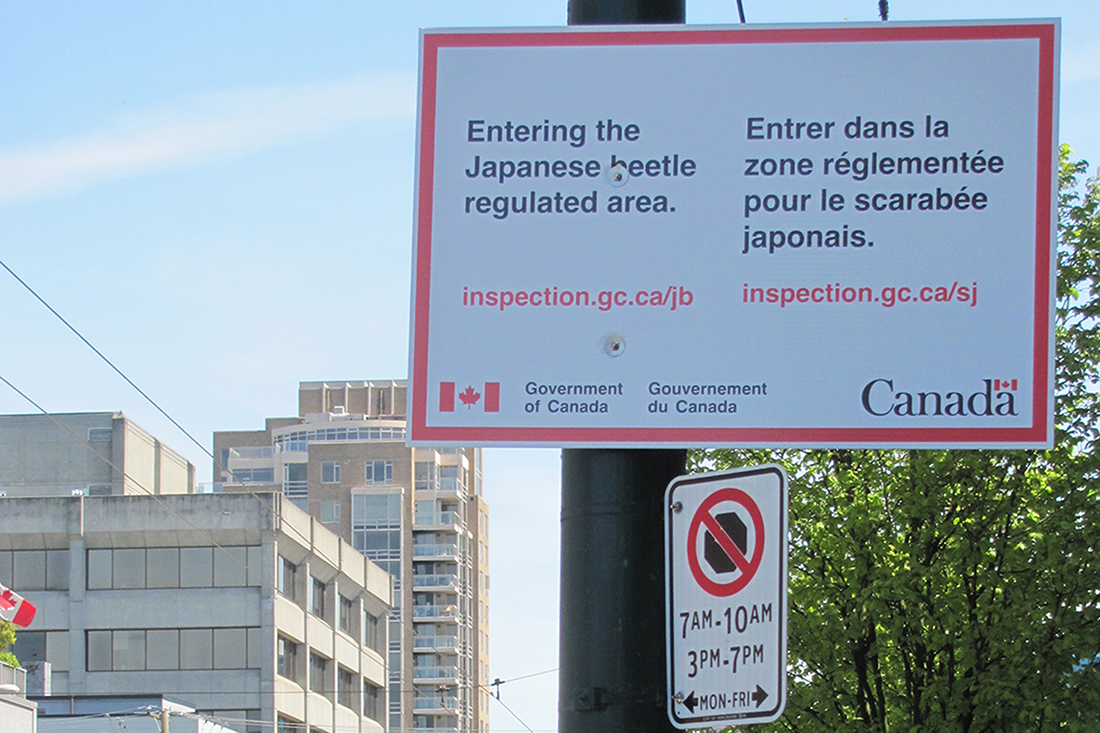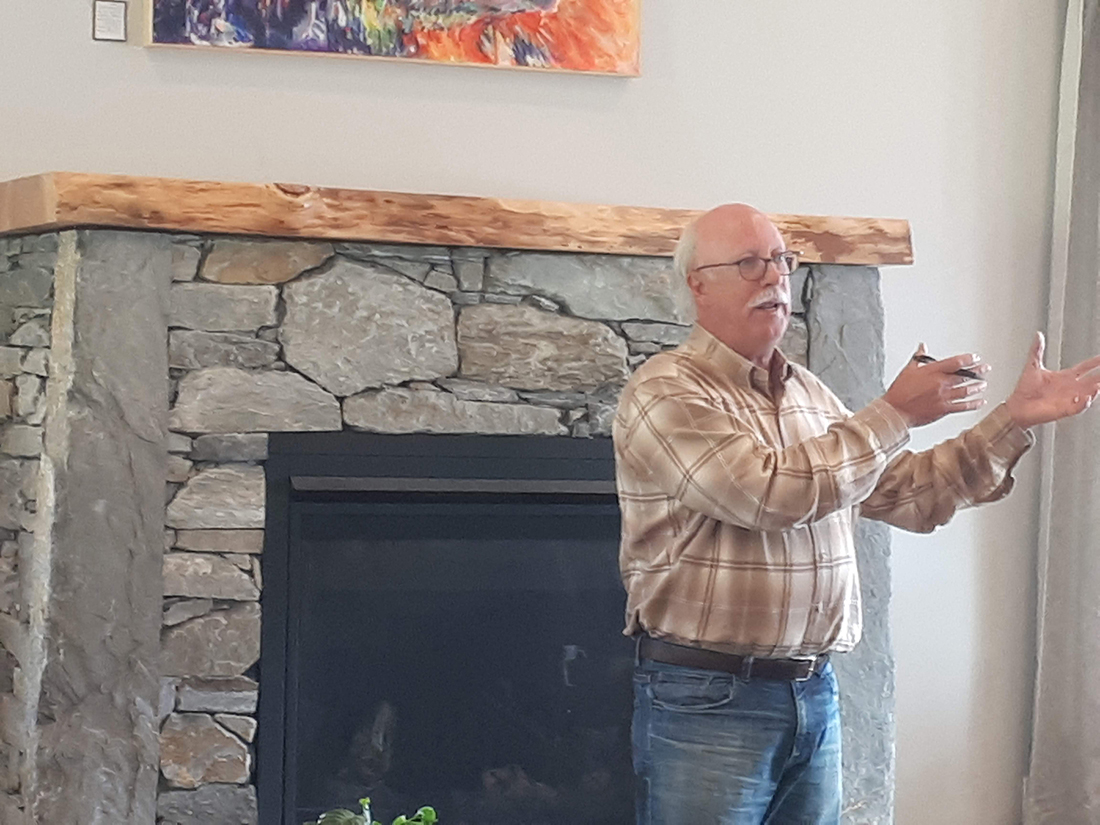Summertime, and pest control workers are doing their best to make sure the living ain’t easy for Japanese beetle.
Regular surveillance by Canadian Food Inspection Agency staff discovered the invasive pest in the False Creek area in 2017, and increased surveillance in 2018 saw 2,088 traps placed. By the end of the season last year, 8,276 beetles were detected in 98 traps. All but 13 of these were in the regulated area, where movement of plant material is restricted. (A collection site was set up within the zone to receive green waste.)
This year, the regulated area was expanded and now covers an area generally running northwest from Clark Drive and 12th Avenue to Burrard Inlet. The western boundary is Burrard Street, but includes Kitsilano Beach and Vanier Park.
Control efforts are important because of the significant risk the pest poses agricultural crops. While the insect loves turf, it will gladly chow down on any of more than 300 species, from berries to hops.
This is the first known infestation by Japanese beetle in BC. Native to Japan, it arrived in eastern North America in 1916 and was first identified in Canada in 1939. It’s a growing problem for Ontario tender fruit growers. While occasional infestations of the pest aren’t unknown on the West Coast, eradication involves pesticides and significant costs.
The fight against the beetle in Vancouver is considered an eradication effort, with the aim of eliminating it and the significant threat it poses to agricultural crops.


 Province blinks on ALR
Province blinks on ALR